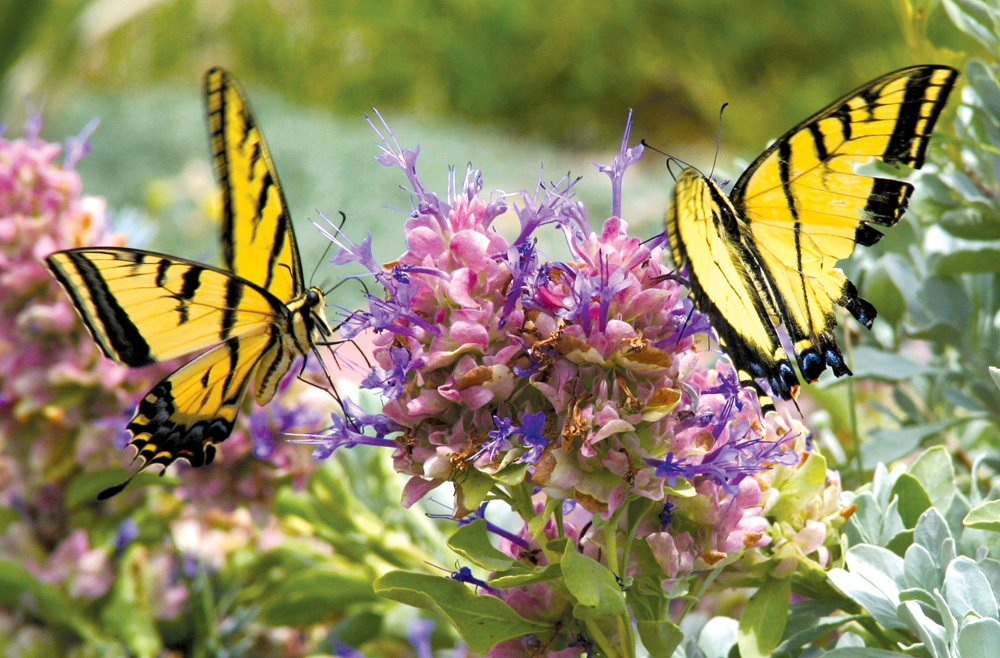
The most important secret to repel bugs and insects from the garden is to grow the healthiest plants possible. Most pests tend to attack plants that are stressed in some way, so by keeping your garden stress free, you may avoid the pest issue altogether. Proper soil preparation, good watering techniques, and spring cleaning are […]
Read More…
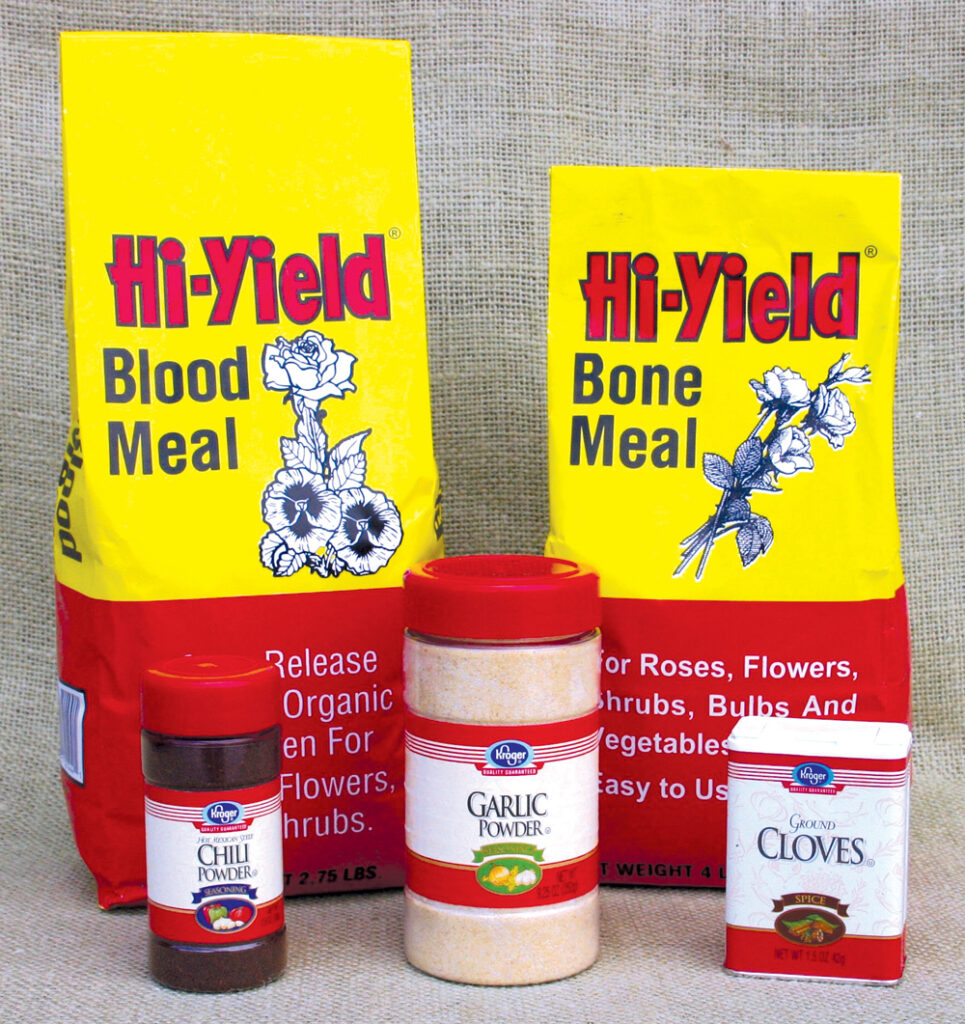
There are as many suggested ways to repel deer and rabbits as there are baby bunnies in my neighborhood. Physical barriers (fences) are probably the only sure-fire way to keep critters out of your railroad, but are expensive, often impractical, and usually unsightly. Next in order of effectiveness is to use plants that are less […]
Read More…
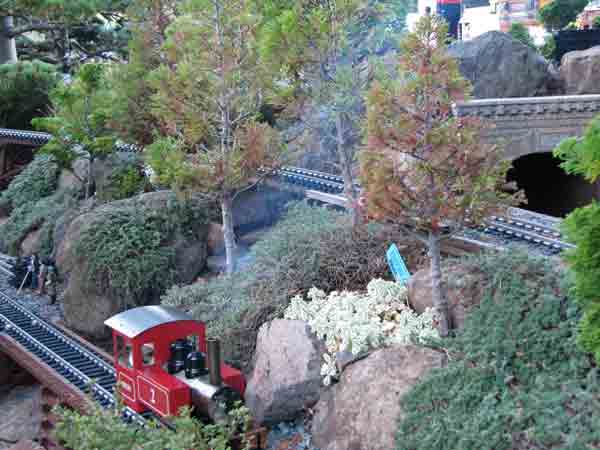
Top Point white cedar tree Common name: Top Point white cedar Latin name: Chamaecyparis thyoides ‘Top Point’ Plant type: dwarf conifer Plant size: 4-5′ at maturity USDA Hardiness Zones: 3-9 Cultural needs: Moist or average, slightly acidic soil; full sun Classics among railway forest trees are the many, dwarf varieties of Chamaecyparis thyoides, the native […]
Read More…
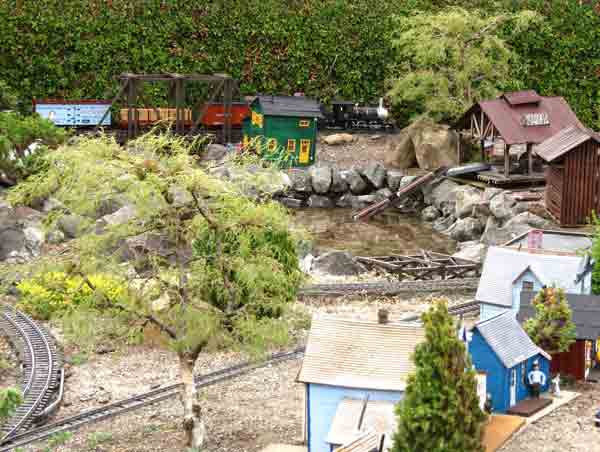
Common name: Trost’s Dwarf cutleaf birch, Dwarf European birch Latin name: Betula pendula ‘Trost’s Dwarf’, synonym: Betula platyphylla Plant type: Shrubs & small trees Plant size: 3-4′ high by 3′ wide before pruning USDA Hardiness Zones: 3-9 (10, given moisture) Cultural needs: Sun; moist, drained, slightly acidic One day a horticulturist noticed a finely divided […]
Read More…
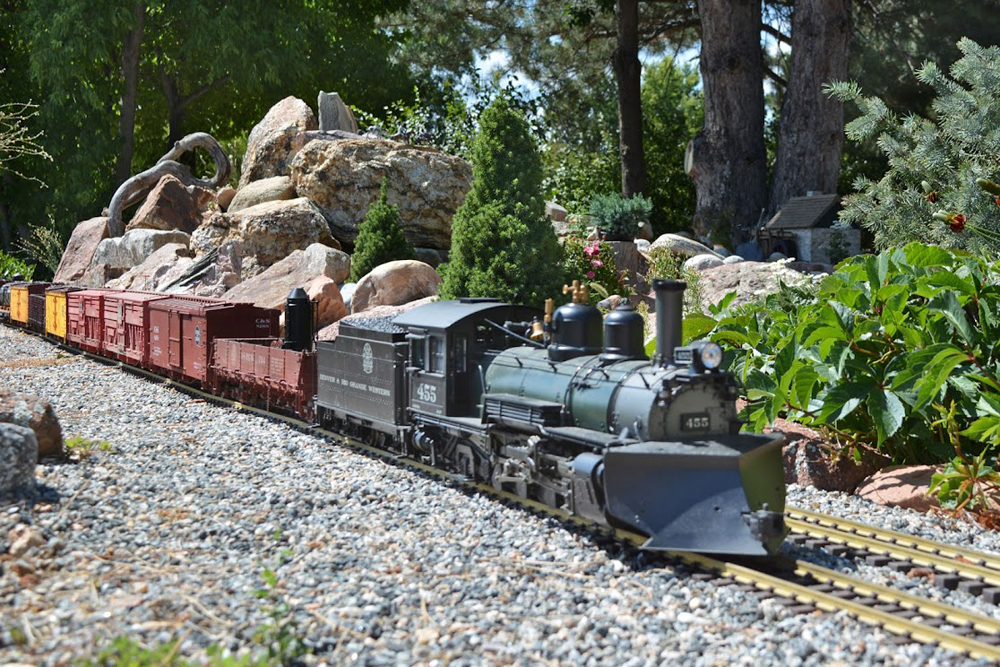
2022 National Garden Railway Convention preview: The Denver Garden Railway Society welcomes you to Denver this June! This year’s event will be held at the Crowne Plaza hotel, and will include an ice cream social, a BBQ at the Colorado Railroad Museum, daily bus tours to the railways on display, and pre- and post-convention tours. […]
Read More…
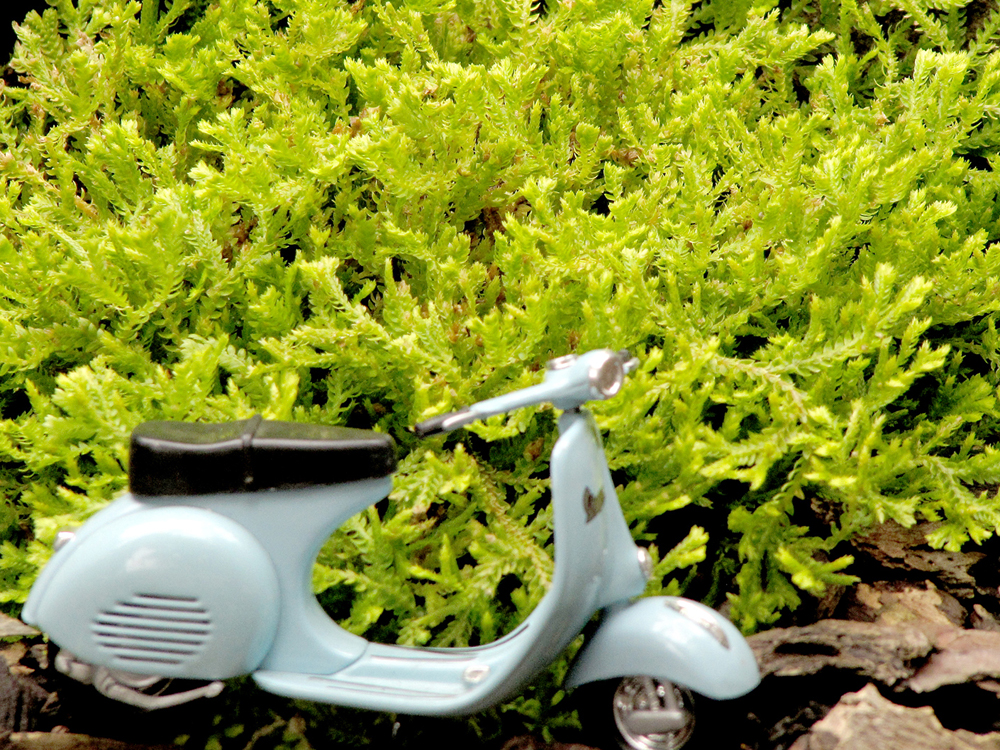
Common name: Trailing spikemoss, golden clubmoss
Latin name: Selaginella kraussiana ‘Aurea’ Plant type: Groundcover
Plant size: Moist, acidic soil; part or full shade USDA Hardiness Zones: 6-9 Cultural needs: Mounding as high as 6″, spreading to 24″ Spikemoss, with its seaweed-like jointed stems, has an other-world appearance, as do the liverworts, when you get […]
Read More…
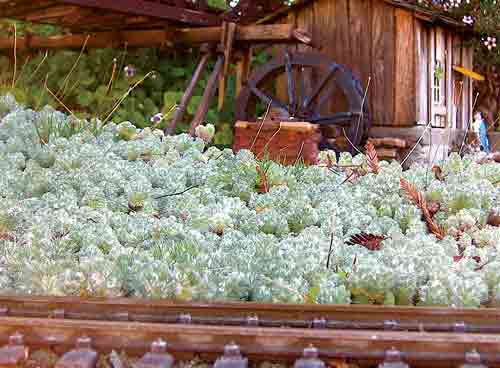
Common name: Brass buttons, creeping gold buttons Latin name: Cotula fallax, C. hispida, or C. lineariloba Plant type: Perennial Plant size: 2″ high x 10″ wide USDA Hardiness Zones: 5-10 Cultural needs: Somewhat xeric, sun or part shade Renamed Cotula fallax, this semi-evergreen groundcover is not to be confused with other popular fern-like Cotulas, […]
Read More…
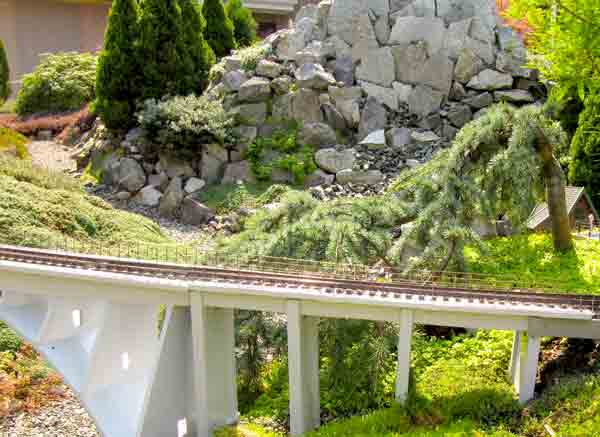
Common name: Weeping Norway spruce
Latin name: Picea abies ‘Pendula’ Plant type: dwarf conifer USDA Hardiness Zones: 2-8 Cultural needs: Moist, well drained, slightly acidic soil; sun to part shade Plant height: 18″ if prostrate; 10-12′ if staked Dark, evergreen needles on drooping soft branches make weeping Norway spruce an attractive specimen tree. Garden railroaders […]
Read More…
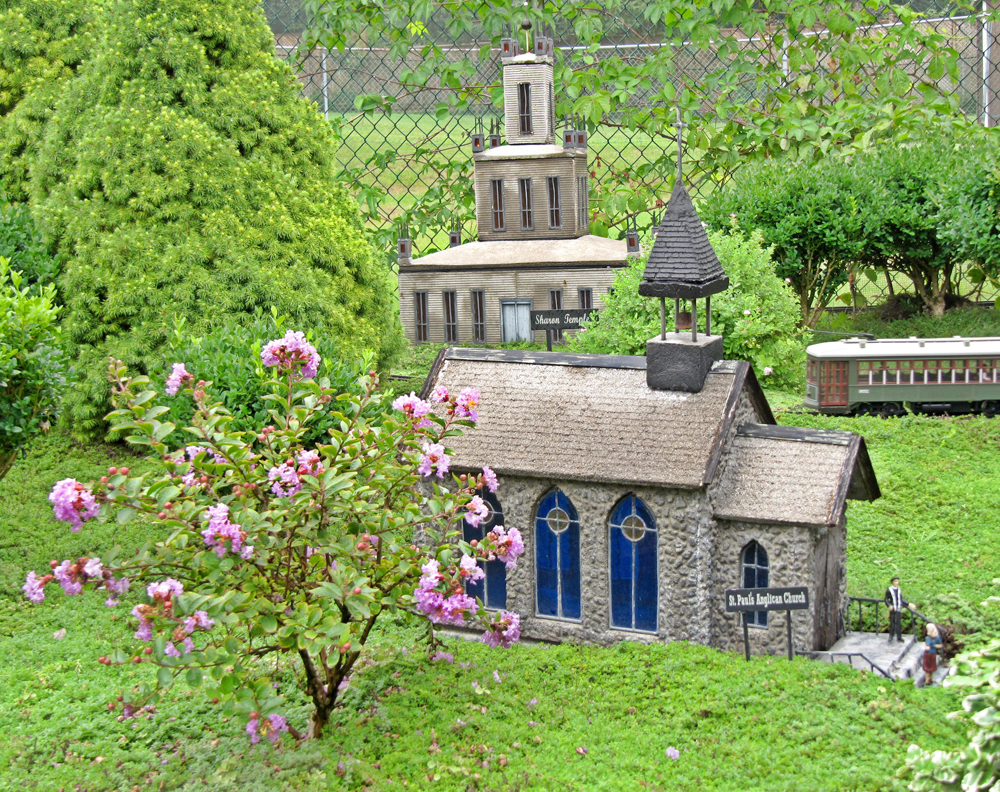
Common name: Dwarf crape myrtle
Latin name: Lagerstroemia indica ‘Violet Filli’ (Filigree series) Plant size: 6-24″, depending on the miniature variety Plant type: Shrubs and small trees USDA Hardiness Zones: 4-11 (or grown as an annual) Cultural needs: Well-drained, slightly acidic to acidic soil, full sun The miniature crape myrtle in the photo, one of […]
Read More…
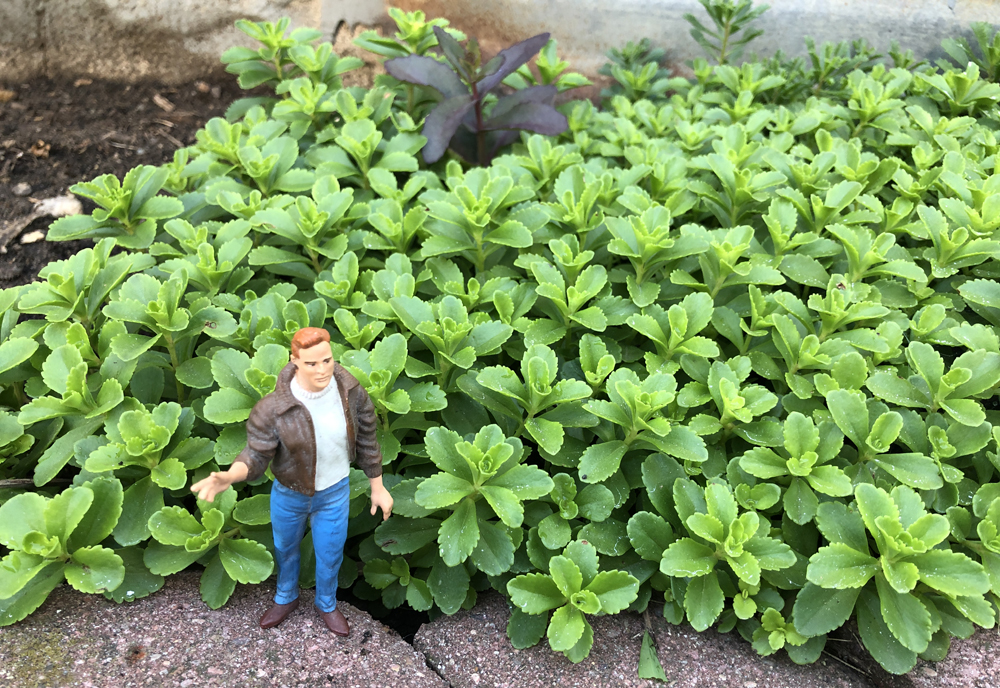
Latin name: Sedum sp. Common name: Miniature sedum Plant type: Groundcover Plant size: Foliage under 2″ tall x 10″ wide, or less USDA Hardiness Zones: Varies Cultural needs: Full sun and dry soil Full size sedums (also known as stonecrops) have long been used as groundcovers for hot, sunny, dry sites. They spread quickly, are […]
Read More…
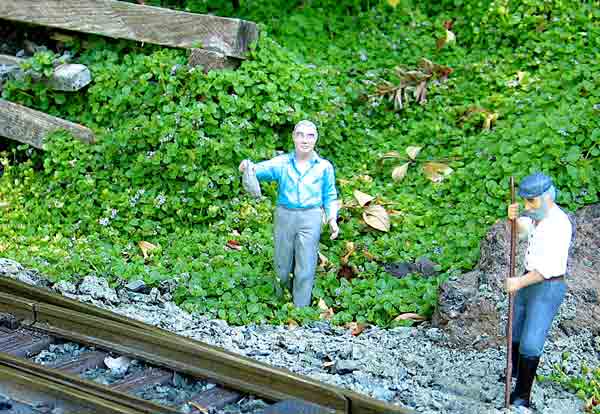
Common name: Corsican mint Plant type: Groundcover Latin name: Mentha requienii Plant size: ¼” to ½” high; spreading USDA Hardiness Zones: 6-9; annual in other zones Cultural needs: Moist, well drained neutral or slightly acidic soil; sun to part shade Easily one of the flattest groundcovers, with the tiniest purple flowers, Corsican mint is great […]
Read More…

Each of these 21 plants, selected by the Garden Railways horticultural editor, fits the scale requirements of any backyard garden railroad. Print and clip this booklet to create handy cards to file for future reference or take to your local garden center. The profiles contain color photos showing scale and possible usage, with information on USDA Hardiness […]
Read More…












